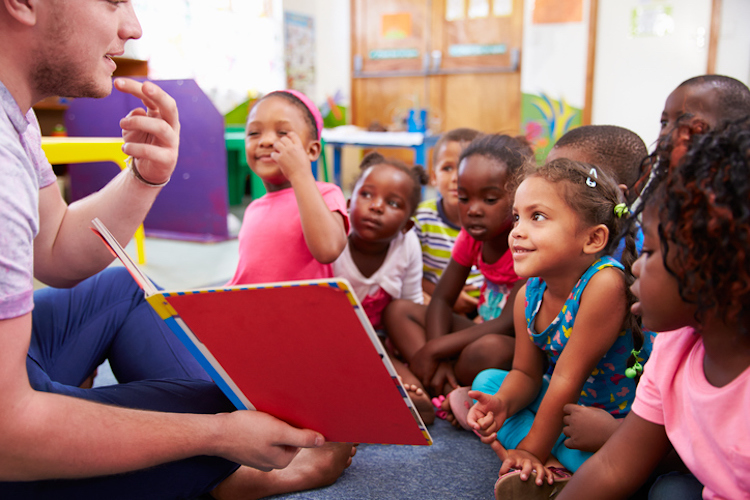- Home
- The Feature
- Governor Ducey: “In-Person Learning Will Continue In Arizona”

Governor Ducey: “In-Person Learning Will Continue In Arizona”
Earlier this week Governor Doug Ducey announced preemptive action to ensure in-person learning remains an option for all Arizona families and students, consistent with guidance from public health experts.
The Governor is creating the Open for Learning Recovery Benefit program to provide relief for parents who may face financial and educational barriers due to unexpected school closures. The program funds up to $7,000 for needs related to Arizona Department of Economic Security- approved child care, school-coordinated transportation, online tutoring and school tuition.
If a school closes for even one day, students and families who meet the income requirements can utilize the Open for Learning Recovery Benefit Program — allowing students to access instruction that best meets their needs.
“In Arizona, we’re going to ensure continued access to in-person learning,” said Governor Ducey. “Everyone agrees that schools should stay open and kids need to be in the classroom. With this announcement, we are making sure parents and families have options if a school closes its doors. Parents are best suited to make decisions about their child’s education. In-person learning is vital for the development, well-being and educational needs of K-12 students. We will continue to work with families, public health experts and school leaders to ensure our kids can stay in the classroom and parents have a choice — always.”
Leaders from both sides of the aisle in Arizona and around the nation agree that students need access to the classroom.
- The CDC recently recommended that schools adopt a “test-to-stay” policy, based on data showing it is safe and much less damaging than forcing healthy students to quarantine when a possible exposure occurs — causing parents to miss work or scramble to find child care, and inflicting even further learning loss.
- The U.S. Department of Education released a letter to school leaderslast week in which Secretary Miguel Cardona states:
“To the delight of students, parents and teachers, kids are chatting in the hallways, working together on projects, and participating in extracurricular activities. We must make sure these pursuits continue for the rest of the school year. The goal remains to keep all schools open for in-person learning five days a week throughout the 2021-22 school year and beyond—let’s make this goal a reality!”
- President Biden recently stated:
“Today, we know more and we have more resources to keep schools open… we don’t have to shut down schools because of a case of COVID-19. Now, if a student tests positive, other students can take the test and stay in the classroom if they’re not infected rather than closing the whole school or having to quarantine. We can keep our K-12 schools open, and that’s exactly what we should be doing.”
Additionally, research supports that the classroom is safe and denying students their right to an in-person education will have serious long-term consequences.
- The New York Times reported that “data now suggest that many changes to school routines are of questionable value in controlling the virus’s spread. Some researchers are skeptical that school closures reduce Covid cases in most instances. Other interventions, like forcing students to sit apart from their friends at lunch, may also have little benefit.”
- EdWeek reported that recent CDC data shows that “between March and October of 2020, [mental health emergency visits] increased 24 percent for children ages 5 to 11, and 31 percent for kids ages 12-17. There was also a more than 50 percent spike in visits for suspected suicide attempts among girls ages 12 to 17 in early 2021, compared to the same period in 2019.”
- The American Academy of Pediatrics, the American Academy of Child and Adolescent Psychiatry, and the Children’s Hospital Association issued a joint statement in October that this data demonstrates that we are experiencing a “mental health state of emergency” for children and adolescents.
